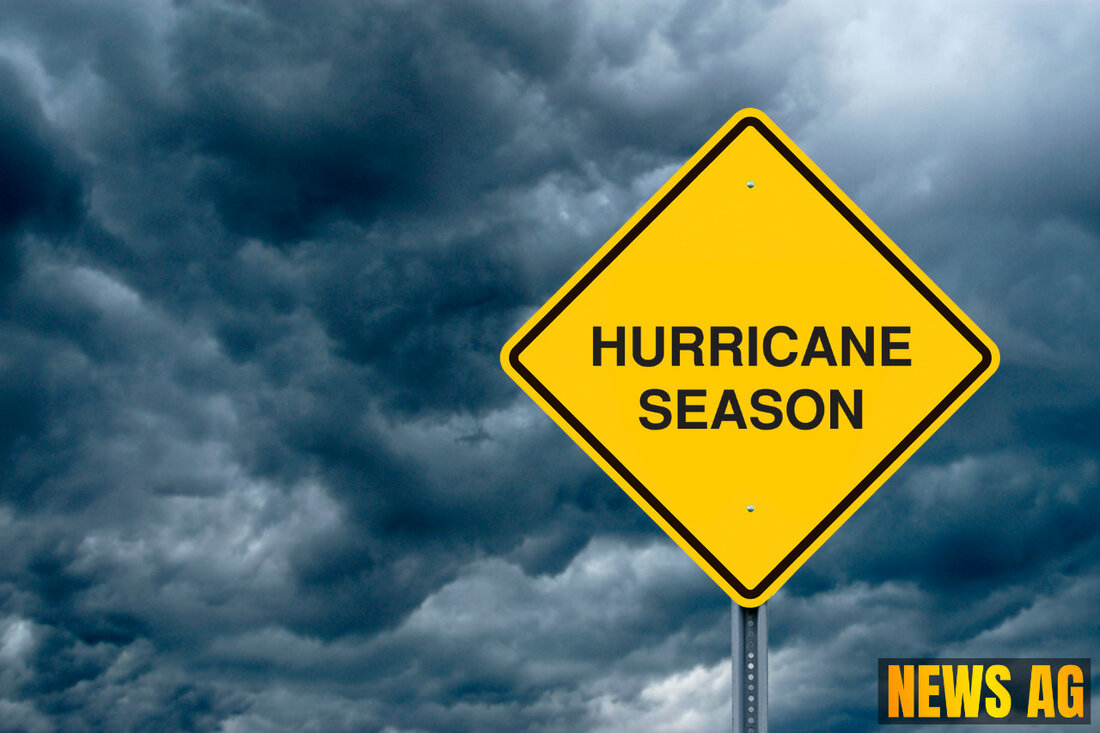Florida Remembers: The Catastrophic Legacy of the 1928 Okeechobee Hurricane
Explore the impact of Florida's deadliest hurricane of 1928, its aftermath, and ongoing flood prevention measures around Lake Okeechobee.

Florida Remembers: The Catastrophic Legacy of the 1928 Okeechobee Hurricane
As August rolls on, Florida finds itself bracing for what may be another challenging hurricane season. The National Oceanic and Atmospheric Administration (NOAA) has forecasted an „above-normal“ hurricane season for 2025, a reminder of the state’s vulnerability to storms. This year’s predictions undoubtedly evoke memories of the most devastating hurricane in Florida’s history: the Okeechobee Hurricane, which wreaked havoc in September 1928. Even today, the chilling legacy of this disaster resonates across the state.
The Okeechobee Hurricane, which formed off the coast of Africa, made a catastrophic landfall in Palm Beach County on September 17, 1928. Initially categorized as a Category 4 storm, it caused destruction throughout South Florida, which had about 50,000 residents at the time—many flocking away from the area following a previous storm in 1926. ClickOrlando reports that the winds and storm surge devastated the region, especially near Jupiter where the eye of the storm lingered.
Impact of the Storm
Storm surges reached up to 10 feet, and waves soared to around 20 feet, crashing onto barrier islands such as Palm Beach. The flooding caused by Lake Okeechobee, which surged between 6 to 9 feet, led to a tragic death toll of at least 1,836 Floridians. The economic impact was substantial as property damage estimates climbed to $25 million. The hurricane eventually left Florida near Jacksonville, downgraded to a Category 1 storm, but continued causing destruction along the Southeast Coast before dissipating near the Great Lakes.
In the wake of this disaster, a mass burial of over 1,500 victims took place at Port Mayaca Cemetery, and many bodies were burned on funeral pyres. The city of West Palm Beach became the final resting place for 69 bodies, and a mass grave for 674 African Americans was established in the community, a somber reflection of the event’s toll. Robert Hazard, with his nonprofit, the Storm of ’28 Memorial Park Coalition Inc., has worked tirelessly for a decade to ensure that the black victims received recognition for their suffering, leading to a state historical marker being installed in 2003 on the 75th anniversary of the storm. PBCHistory highlights that the aftermath spurred significant changes, paving the way for improved flood control measures, including the construction of the Herbert Hoover Dike.
Changing Landscape
The Okeechobee Flood Control District was born from the need to prevent further disasters, collaborating with the U.S. Army Corps of Engineers to create a long-term flood prevention plan. By the end of the 1930s, the Hoover Dike was completed and thousands of miles of canals were built to manage water flow. However, the Glades area remains susceptible to hurricanes and heavy rainfall, illustrating that Florida’s relationship with its waterways is complex and often precarious.
Not only did the hurricane reshape flood management, but it also impacted local agriculture. Farmers in the Glades faced dire challenges following the Great Depression. Nevertheless, by the 1940s, farmers like Andrew Duda, who had arrived from Slovakia, returned to Palm Beach County and revitalized their operations. His family farm, A. Duda and Sons, spans over 20,000 acres in Belle Glade and grows a variety of crops including celery, the unique story of which remains a cornerstone of Florida’s agricultural landscape.
By 2005, A. Duda and Sons was the last celery producer in the state, showcasing the area’s agricultural resilience and its continued evolution even in the face of historical disaster. What occurred in 1928 still echoes in today’s practices, demonstrating how past lessons shape present strategies for communities vulnerable to the wrath of nature.
As the current hurricane season unfolds, the memories of the Okeechobee Hurricane remind us of our history and the responsibilities we hold in safeguarding our communities.

 Suche
Suche
 Mein Konto
Mein Konto